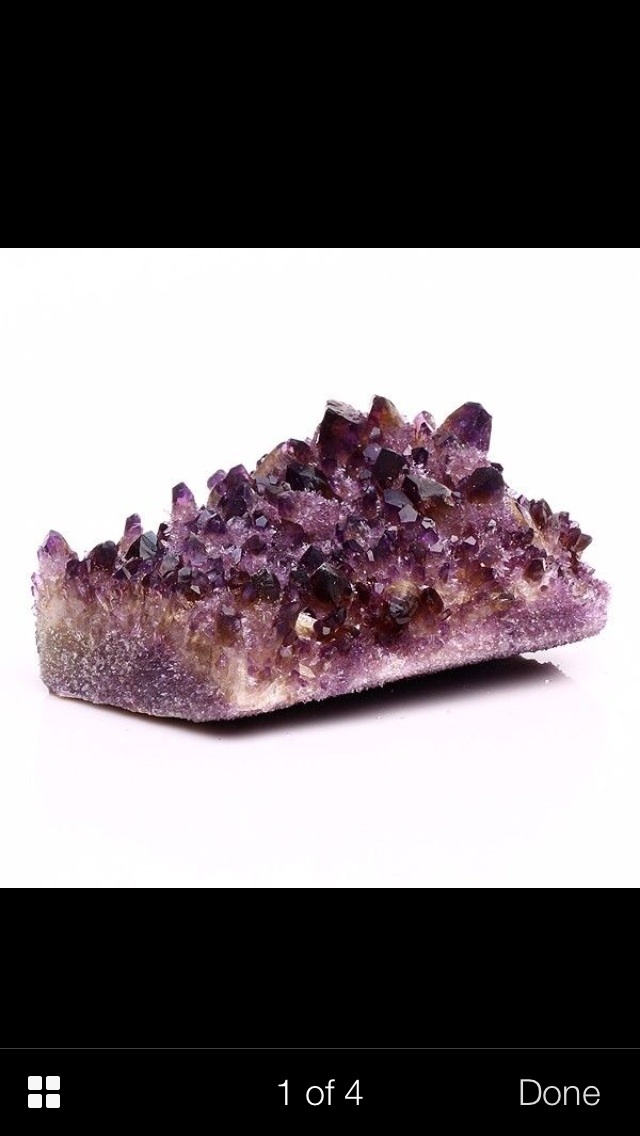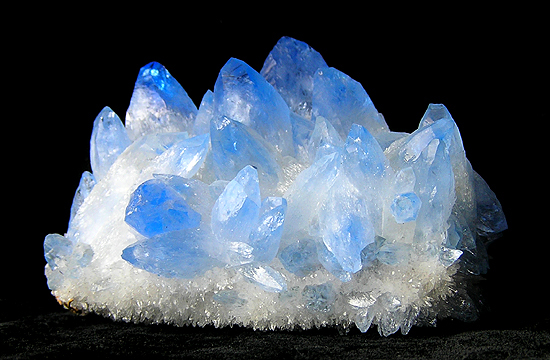Home PageAbout MindatThe Mindat ManualHistory of MindatCopyright StatusWho We AreContact UsAdvertise on Mindat
Donate to MindatCorporate SponsorshipSponsor a PageSponsored PagesMindat AdvertisersAdvertise on Mindat
Learning CenterWhat is a mineral?The most common minerals on earthInformation for EducatorsMindat ArticlesThe ElementsThe Rock H. Currier Digital LibraryGeologic Time
Minerals by PropertiesMinerals by ChemistryAdvanced Locality SearchRandom MineralRandom LocalitySearch by minIDLocalities Near MeSearch ArticlesSearch GlossaryMore Search Options
The Mindat ManualAdd a New PhotoRate PhotosLocality Edit ReportCoordinate Completion ReportAdd Glossary Item
Mining CompaniesStatisticsUsersMineral MuseumsClubs & OrganizationsMineral Shows & EventsThe Mindat DirectoryDevice SettingsThe Mineral Quiz
Photo SearchPhoto GalleriesSearch by ColorNew Photos TodayNew Photos YesterdayMembers' Photo GalleriesPast Photo of the Day GalleryPhotography
╳Discussions
💬 Home🔎 Search📅 LatestGroups
EducationOpen discussion area.Fakes & FraudsOpen discussion area.Field CollectingOpen discussion area.FossilsOpen discussion area.Gems and GemologyOpen discussion area.GeneralOpen discussion area.How to ContributeOpen discussion area.Identity HelpOpen discussion area.Improving Mindat.orgOpen discussion area.LocalitiesOpen discussion area.Lost and Stolen SpecimensOpen discussion area.MarketplaceOpen discussion area.MeteoritesOpen discussion area.Mindat ProductsOpen discussion area.Mineral ExchangesOpen discussion area.Mineral PhotographyOpen discussion area.Mineral ShowsOpen discussion area.Mineralogical ClassificationOpen discussion area.Mineralogy CourseOpen discussion area.MineralsOpen discussion area.Minerals and MuseumsOpen discussion area.PhotosOpen discussion area.Techniques for CollectorsOpen discussion area.The Rock H. Currier Digital LibraryOpen discussion area.UV MineralsOpen discussion area.Recent Images in Discussions
Fakes & FraudsFake ametrine from china on eBay

6th Jul 2014 17:52 UTCAlex Hahnenberg
I deal specially in ametrine, especially the Bolivian material from the Anahi. So when I bought some fake material recently I was very chagrined. I have recently come across fake ametrine clusters from china on eBay. There are 3 sellers with this material that I've seen so far. I had several experts examine the one I bought and the eBay seller agreed to let me return it. However I've contacted Ebay informed them of the fraud and nothing has been done. The sellers continue to sell this lab grown material. So if you see ametrine clusters from china or brazil be very wary. There is very little natural ametrine from brazil. However there is some real ametrine on eBay from Brazil from San Jose de safira. Anyway keep your eyes open! Alex
6th Jul 2014 18:23 UTCOwen Melfyn Lewis
What leads you to say that this is 'lab grown'? The synthetic ametrine I have seen is is pretty good stuff, This stuff does not look like ametrine at all but some sort of agglomerate being passed off as ametrine. A really poor imitant.
6th Jul 2014 19:09 UTCStephanie Martin
It may or may not be lab grown, but it does look enhanced in some way, the tips seem too dark to be natural (not impossible, just suspect).
Check out some older threads on Chinese quartz (green, citrine, amethyst) creations:
http://www.mindat.org/mesg-55-297440.html
http://www.mindat.org/mesg-55-80301.html
edit - Alex - I just checked some of these out and these do look like they could be from Brazil originally, before they have been enhanced. So if they are saying they are from Brazil, that may be true, but they are not indicating they have been treated.
regards,
stephanie :-)
6th Jul 2014 21:30 UTCOwen Melfyn Lewis
If you PM me an e-mail address, I will send you a copy of an illustrated paper on natural and synthetic ametrine. Maybe we shall pick up this discussion thereafter. There is (IMHO) no sign in the OP's pieces that what is shown is synthetic ametrine. Further what 'enhancement' of synthetic ametrine is there and that you can identify here? If you can point these out the conclusive features you spot, I shall be much obliged. There is always time to learn more.
Best,
Owen
6th Jul 2014 21:39 UTCStephanie Martin
I don't think they are synthetic, I thnk they are likely natural pieces that have been selectively baked. But I don't want to say for certain from a photo.
Here's a listing I found recently that I find screams selective treatment:
http://www.ebay.ca/itm/291183072732?ssPageName=STRK:MEWAX:IT&_trksid=p3984.m1423.l2649
I'll send you a PM.
regards,
stephanie :-)
6th Jul 2014 21:43 UTCRoger Curry
6th Jul 2014 22:08 UTCStephanie Martin
I thought it was just sawn, but you could be right. I've looked at a few more photos of other pieces on offer and some of them have similar features, with the stalactite roots showing on the bottom, which seem to be too consistent in size and spacing to appear to be natural. So perhaps they could be lab grown.
regards,
stephanie :-)
6th Jul 2014 22:36 UTCOwen Melfyn Lewis
Received :-) Paper on its way within 5 mins. I agree that the 'Tibetan' material on sale is treated but this is *not* ametrine. More later perhaps.
Regards,
Owen
6th Jul 2014 23:22 UTCStephanie Martin
Thanks got the papers, will need a bit of time to digest. Regarding the Tibetan material, I know it is not ametrine, but what I was suggesting was that perhaps the Chinese have found a way to apply the same technique to imitate ametrine.
cheers,
stephanie :-)
7th Jul 2014 00:26 UTCSteve Hardinger 🌟 Expert
7th Jul 2014 05:59 UTCRock Currier Expert
7th Jul 2014 11:31 UTCOwen Melfyn Lewis
I'm quite sure that y'all have seem more quartz than I have had hot breakfasts :-) But the more I look at Alex's pics, the more sure I am that this piece is not lab synthesised. The business of growing quartz crystals by hydrothermal process has been well understood for over 50 years. Crystals of high purity and good size are grown on an industrial scale. I can see that there is a little similarity between Alex's material and the 'waste' crystalisation that occurs in a flux melt crystal manufacture - but that is not the method by which quartz is synthesised.
Having taken a closer look at Alex's pics and scratched my head, there is some similarity with a thumbnail of of amethyst on agate in my own little collection. The history of my piece (which I am satisfied could not be lab grown nor a composite) gives another link too; I bought it from an eminent gemmologist who bought it in China during a trip there in the 1980's.
I'd place a small bet that this is basically the same as Alex's stuff but that the agatised base is more pronounced with my specimen because the its base and sides have been cut and polished to show off to advantage the agate structure.
Both specimens show some golden brown colour in the microcrystalisation. Citrine? That thought had not occurred to me until today. Whatever, there is no way that my piece should be called ametrine and, from what one can see, it's stretching a point to so label Alex's piece too.
Not all ametrine is of the high quality and definite characteristics that the Anahi crystals and (subtly different) synthesised ametrine show. Where one should draw the border between what is ametrine and what is not to be so-called seems a little unclear. For me, to be called ametrine requires purple and yellow/gold colouration to be present in the same quartz crystal and not with a colour difference showing between different different crystals in the same cluster.
A key difference between the natural form of ametrine and high quality synthetic manufacture is the difference in the crystal habit. .
Stephanie raises the question as to whether an 'ametrine' quartz could be produced artificially in another way. Yes and such work was being done experimentally in the early 80's by Kurt Nassau and others. It requires quartz which had a specific Fe+++ impurity before being turned to amethyst by irradiation (natural or otherwise). Localised heating of such material to 400-450 deg C will then turn the heated part to citrine - a change that can be reversed by irradiation. In this processing, because of the thermal gradient within the quartz, the yellow/purple boundary cannot be sharp. In the Russian-invented method of synthesising ametrine, used on a commecial scale, firstly a citrine crystal is grown, then turning its outer layer first colourless and then purple by gamma irradiation (Cobalt-60 source). This is the only way I have seen reported to produce ametrine of the quality of the Anahi natural ametrine.
Bottom line..... I think Alex's specimen is likely to be of natural origin. Whether or not it has been treated (selective use of heat?) can't be ascertained from the pics but IMHO I'll guess that it has not. .

7th Jul 2014 16:17 UTCAlfredo Petrov Manager
7th Jul 2014 22:02 UTCOwen Melfyn Lewis
10th Jul 2014 14:48 UTCElise Skalwold
-------------------------------------------------------
> Does that last photo show a man-made confinement?
It is difficult to tell from a picture, but it is similar looking to the old Russian synthetic quartz grown on trimmed pieces of drusy. The tiny crystals grow all over the sides and bottom, with larger crystals showing more obvious unnatural crystal habit. I attached a picture of 40+ year old cluster colored by cobalt (added late in growth).




Mindat.org is an outreach project of the Hudson Institute of Mineralogy, a 501(c)(3) not-for-profit organization.
Copyright © mindat.org and the Hudson Institute of Mineralogy 1993-2024, except where stated. Most political location boundaries are © OpenStreetMap contributors. Mindat.org relies on the contributions of thousands of members and supporters. Founded in 2000 by Jolyon Ralph.
Privacy Policy - Terms & Conditions - Contact Us / DMCA issues - Report a bug/vulnerability Current server date and time: April 25, 2024 14:18:59
Copyright © mindat.org and the Hudson Institute of Mineralogy 1993-2024, except where stated. Most political location boundaries are © OpenStreetMap contributors. Mindat.org relies on the contributions of thousands of members and supporters. Founded in 2000 by Jolyon Ralph.
Privacy Policy - Terms & Conditions - Contact Us / DMCA issues - Report a bug/vulnerability Current server date and time: April 25, 2024 14:18:59


















